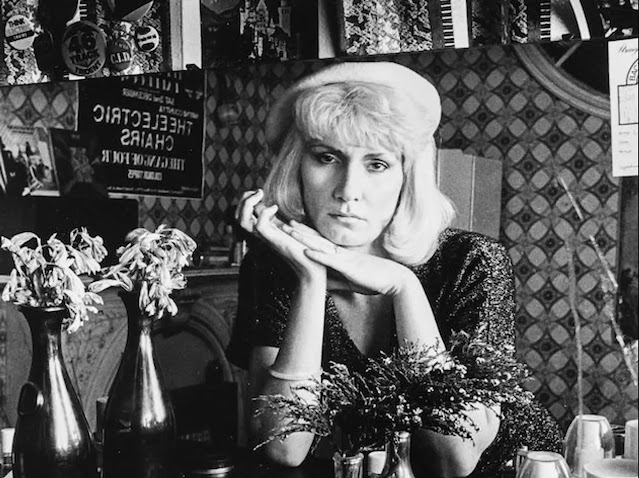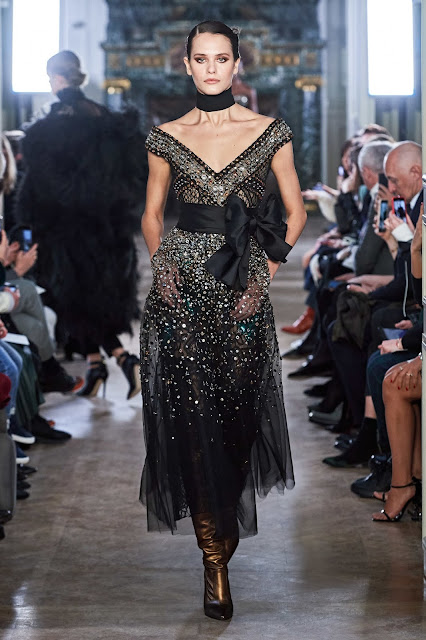New York Punk History
Any story of punk begins with the Velvet Underground. Formed in the mid-1960s by Lou Reed, John Cale, Sterling Morrison, and later joined by drummer Maureen Tucker, the Velvets fused art and noise in ways that anticipated punk’s dissonance and daring. With Andy Warhol’s backing and Nico’s haunting vocals, their early shows including those at the Exploding Plastic Inevitable events blurred the line between concert and avant-garde performance. Their lyrics dealt with heroin, sadomasochism, and urban decay subjects that would have been taboo in mainstream rock.
The Velvet Underground never sold many records, but they inspired a legion of outsiders. One of those was David Bowie, who became a crucial link between glam, punk, and queer culture. Bowie was electrified by what he saw at East Village venues like the Mercer Arts Center, where bands like the New York Dolls held court in drag, chaos, and platform boots. With their swagger and snarl, the Dolls especially frontman David Johansen and guitarist Johnny Thunders became punk icons before the term existed. Their look and attitude were as radical as their music.
Another unsung pioneer was Jayne County (formerly Wayne County), a flamboyant, transgender punk provocateur who embodied the collision of glam, garage rock, and gender politics. County performed at spaces like Club 82, a downtown drag bar that welcomed both queer artists and punk experimenters. Her presence was a bold assertion of punk’s deep LGBTQ+ roots an aspect often erased in the male-dominated narratives of the genre.
By the mid-1970s, the East Village was ready to incubate something new. Enter CBGB & OMFUG, a seedy club on the Bowery that became ground zero for New York punk. Hilly Kristal, the owner, had originally intended to showcase country and bluegrass, but the club soon became a haven for misfits with guitars. It’s where Patti Smith, the Ramones, Television, Talking Heads, Blondie, and Richard Hell & the Voidoids all found their first real stage.
Each of these artists brought something unique. Patti Smith fused poetry and rock, her performances filled with incantation-like intensity. Television, led by Tom Verlaine and Richard Lloyd, crafted angular, cerebral guitar epics like Marquee Moon, often more indebted to jazz and art rock than garage. Talking Heads were post-punk before punk was even done being born quirky, minimalist, and arch. Blondie, with Debbie Harry at the helm, merged girl-group pop, disco, and punk.
The Ramones, though, distilled punk to its essence. In songs like “Blitzkrieg Bop” and “Judy Is a Punk,” they delivered speed, simplicity, and subversion in two-minute bursts. They rehearsed at Performance Studios in the East Village and shot some of their most iconic album covers on the streets nearby. Their sound became a blueprint not just for New York punk, but for the UK scene that would follow.
The punk scene wasn't confined to clubs. Much of it happened in lofts, squats, and makeshift rehearsal spaces scattered across the East Village. Kiss played their first Manhattan gig in a loft, opening for Jayne County. David Bowie saw both the Dolls and Television perform in these same kinds of spaces, absorbing the rawness that would fuel his own reinventions.
The Filmmakers’ Cinematheque and the Dom (later Balloon Farm and then Electric Circus) were other key venues that bridged the experimental ethos of the ‘60s with punk’s aggressive DIY spirit. Album photo shoots for bands like the New York Dolls, Television, and the Voidoids often used East Village streetscapes as their gritty backdrops, reminders that the neighborhood itself was part of punk’s aesthetic.
Punk in New York was never just about music it was a cultural movement shaped deeply by the city's LGBTQ+ communities. Trans and queer artists weren’t just present; they were central. Clubs like Club 82 and artists like Jayne County foregrounded queer identities in ways that were confrontational and unapologetic. This openness shaped the boundary-breaking attitude of punk as a whole. The East Village, long home to bohemian and queer communities, gave space to people who didn’t fit elsewhere and who, in turn, transformed music.
By the early 1980s, the East Village punk scene had started to morph. Hardcore, new wave, and No Wave emerged, while real estate pressure and commercial success pulled some bands into the mainstream. But the legacy remained. Punk left an indelible mark on both music and the city. It challenged the idea of who could be an artist, who could be heard, and what a performance could look like.
The neighborhood changed, too. Once a gritty haven for outsiders, the East Village is now a mix of preservation and gentrification. But if you know where to look, the ghosts of punk remain in faded murals, in former club locations, in the stories passed down from those who were there.








Comments
Post a Comment